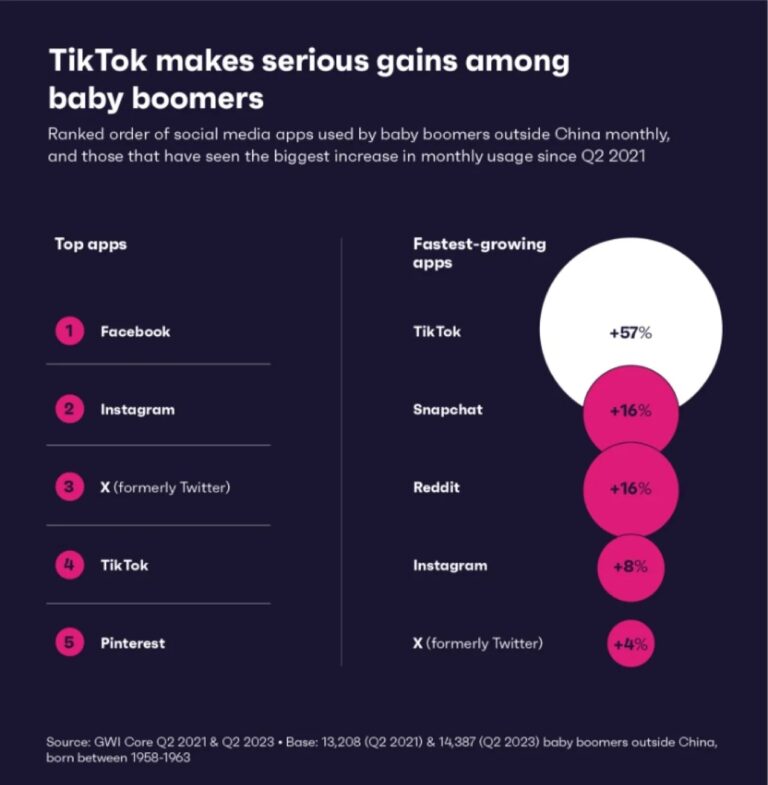
Last month I addressed Google’s updated guidelines for its quality raters, the thousands of people who manually review websites.
I explained Google’s emphasis on EEAT — the author’s Expertise and Experience and the site’s Authoritativeness and Trustworthiness.
Yet the guidelines (PDF) go beyond EEAT with instructions to determine a page’s quality. Google’s definition of “quality” is critical for search optimizers because its core search algorithm now includes a “helpful content” component.
The updated guidelines provide insights.
Helpful Content
Table of Contents
Effort and originality
Google’s guidelines state a page’s main content depends on the goal and industry. The raters should determine the page’s goal and then evaluate whether the content achieves it. Financial institutions, the guidelines add as an example, differ from hobbyists’ sites.
Pages with vague or no goals deserve the lowest rating.
Raters should assign a quality rating of the main content based on effort and originality.
- “Effort” reflects whether a page provides positive user experiences, such as translating a German poem into English.
- “Originality” means adding new content instead of repurposing others’. The guidelines encourage raters to open more articles on top Google search results and check their similarity. The most unique and original should rank higher, per the guidelines, which state:
MC [main content] should add value compared to similar pages on the web.
An example of low-effort content is “best” lists based on existing reviews and lists with little added value.
Placement
According to Google’s guidelines, owners and creators should display the most helpful and essential content prominently — near the top of the page — so visitors can immediately access it.
Content that supports the page’s purpose without directly contributing to the goal can be valuable but placed in a lower, less prominent position. For example,
on recipe pages, the recipe itself and important supporting content directly related to the recipe should be prominently displayed near the top of the webpage.
The guidelines included an example of what not to do, citing a butterbeer recipe page that starts with a story of a family going to Universal Studios to try the beer that inspired the recipe — instead of leading with the recipe itself.
Accuracy
The guidelines repeatedly focus on what Google calls “Your Money or Your Life” topics, those that affect a person’s health, safety, financial stability, and well-being. The raters are to review YMYL pages more closely, checking factual accuracy as well as consistency with experts.
I advise clients to confirm YMYL claims with reputable sources and, when possible, quote them in the piece.
Filler
Google asks raters to assign pages as low-quality if there’s excessive content that prevents readers from quickly finding the information they came for. An example filler page, according to the guidelines, offers:
tutorial instructions on how to make a basic craft and lots of unhelpful “filler” at the top, such as commonly known facts about the supplies needed or other non-crafting information.
Filler can result in a poor experience for people who visit the page, especially if placed prominently ahead of helpful content for the purpose of the page.
Misleading titles
Google considers title tags as main content since they often appear in search results.
The guidelines instruct raters to label exaggerated or shocking titles as low quality, and misleading titles as the very lowest, offering this example of “exaggerated”:
A page titled “Eat the Healthiest Foods in the WORLD to Extend Your Life!!!!” for a list of tips on how to add more fruits and vegetables to meals.
Intrusive ads
Despite rumors and assumptions, Google doesn’t consider ads on a page as a red flag, stating:
The presence or absence of Ads alone is not a consideration for page quality rating.
However, ads send unhelpful signals when they prevent visitors from interacting with the main content.
Per the guidelines, this page should receive the lowest rating:
The MC [main content] is deliberately obstructed or obscured due to Ads, SC, interstitial pages, download links, or other content that is beneficial to the website owner but not necessarily the website visitor.
And this page should receive a low rating:
The Ads or SC [Supplementary Content, such as navigation links or content behind tabs] significantly distract from or interrupt the use of the MC.
Google also instructs raters to assign the lowest ratings to pages that deceptively hide ads or disguise them as main content, navigation links, or contextual links.
How to Help
It’s possible none of these rating guidelines directly impact rankings, but they inform us of Google’s priorities.
In short:
- Make sure a page’s purpose is clear.
- Display the critical info prominently, typically at the top of the page. Avoid filler content that doesn’t serve the page’s goal or purpose.
- Add unique value. Product pages, for example, could include sizing charts, comparisons, and Q&As. Pages with vendor lists should include the author’s experiences with those products.
- Solve the searcher’s intent fast and efficiently. Include additional value cautiously and less prominently.
- Avoid pop-ups or other elements that make pages hard to use
- For YMYL topics, cite trusted sources and include quotes from experts.




